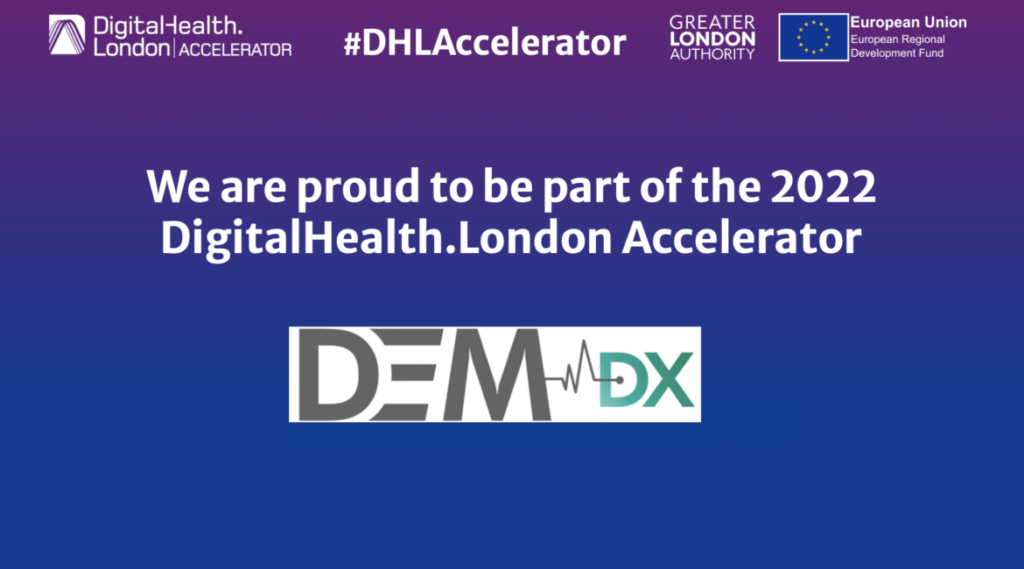The Topol Review has the potential to be one of the most long-lasting and impactful strategy documents in the UK National Health Service’s history. It was commissioned in 2017 by the UK Secretary of State for Health and Social Care with a wide remit to examine the potential changes in medical technology over the next two decades and the potential implications of these changes for workforce planning.
The report fits in with existing orthodoxy – the 3 principles that it advocates to support the deployment of digital technologies across the NHS will be familiar to
Attempting to predict the future 20 years-hence to any level of detail is never an easy task, so the review has identified broad themes and directions of travel and then allocated priorities that NHS organisations will need to adopt in order to meet these challenges over the coming years. This is both its strength and weakness – whilst difficult to criticise the report for the ambitions it espouses the conclusions remain couched in the language of aspiration. Heavy-lifting will be needed in the coming years in order to translate these aspirations into actual changes and initiatives. The review also frustratingly leaves out any discussion of how these technologies may impact on the mix of the healthcare workforce going forwards. The NHS has never excelled in
The convergence of a wide digital infrastructure, nascent machine learning and artificial intelligence technologies and the tremendous growth in data exemplified by the ever wider usage and lower cost of genomics mean that healthcare is on the cusp of a potentially transformative shift. Indeed, the UK’s National Health Service is showing the foresight in commissioning this review for which it is frequently criticised in lacking. Whilst there will undoubtedly be hiccoughs along the way, the proof must now come in adopting and implementing these recommendations and priorities so that in 20 years’ time the doctors and nurses of the future can see the DNA of the Topol Review imprinted in their training and everyday work rather than as a reminder of the foresight that the NHS possessed in 2019 but never actioned. Long may this discussion continue!
Author: DemDx team





